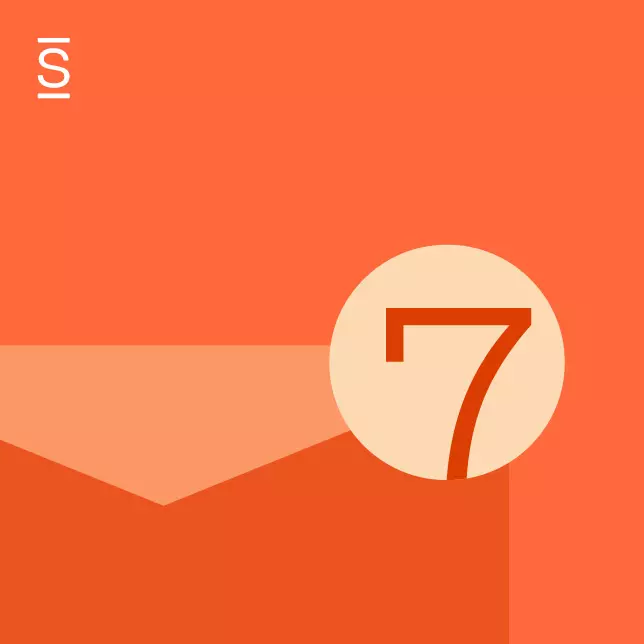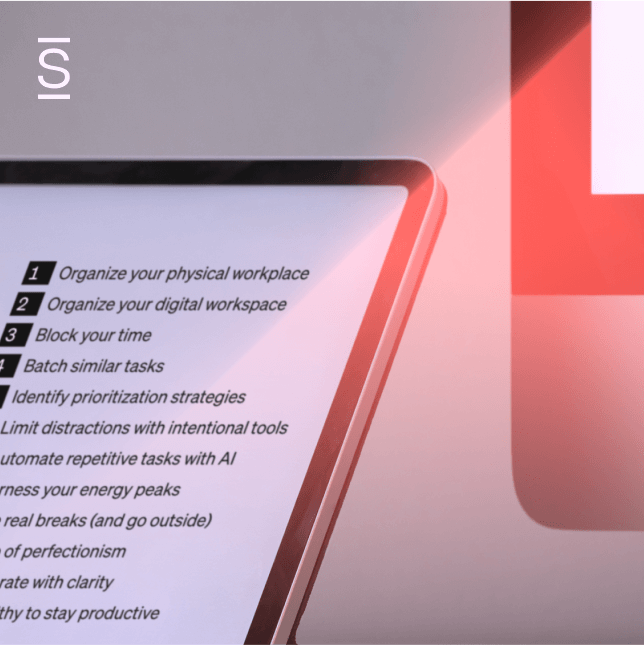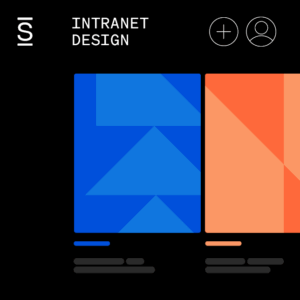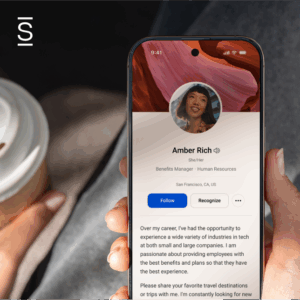One of the biggest complaints from internal communications professionals is that employees don’t read their content. My next question is always, “do you know why?” The resounding answer is that employees are busy and don’t have time to read everything.
This especially comes up when discussing an all-employee company newsletter. The average newsletter open rate is approximately 65-68%. To better understand the issue, I have surveyed employees, and here are some common reasons why they don’t read it:
- “The newsletter is too long.”
- “I am too busy with meetings, email, and meeting deadlines.”
- “The content doesn’t pertain to me.”
- “I get the information I need from my manager.”
- “We have a newsletter?”
In Email, Distraction, Repeat: Switching tasks is ruining your workflow, Professor Gloria Mark from the University of California – Irvine, found that the average employee has an attention span of 40 seconds for digital tasks. After that 40 seconds, they switch tasks. That means employees will spend around 40 seconds reading your newsletter.
Here are some tips that will make your content more engaging and increase readership.
Set a “max reading time” goal for your newsletter
The amount of time it takes employees to read a newsletter is the number one complaint I hear from employees. Gone are the days when a newsletter is a four-page PDF. Employees are busy with competing priorities – email, meetings, and deliverables.
Meet them halfway by creating newsletter content they can quickly read.
Remember the 40-second attention span for digital tasks mentioned above? You will need to keep that in mind when building your newsletter. The longer it is, the more likely it will get buried intentionally (“I don’t have time to read this.”) or unintentionally (“I don’t have time to read this right now but I will come back later to read it.”).
How often do you publish a newsletter? The cadence will impact the number of newsletter stories. Think about how often you do laundry. If you do laundry once a week versus once a month, one of those cycles will have substantially more clothes to wash and fold each time. Folding and putting away a month’s worth of clothes takes more time.
I know you might be thinking, “There is no way we can condense our newsletter into a one-minute read!”
It is possible. This brings me to my next point.
Content should be snackable
Content in the newsletter should be short (snackable, bite-sized). I aim for 2-3 sentences per story in the newsletter. Having short snippets of content makes it easier and faster for employees to read.
Remember, a newsletter should not be your only channel of communication to the broad employee base. Rather, the newsletter should complement other communications channels like your intranet. Think of your newsletter stories as the mini-versions that are posted on your intranet. Newsletter content should be a teaser for long-form content posted on your intranet.
Story titles should be action-oriented
Out of the gate, draw the reader in with an action-oriented title. Here are two examples of titles for the same newsletter story:
- New Employee Referral Program
- Earn $250 When You Refer Friends & Family
The second title draws the reader in with action and defines exactly what the story is about. Try rewording your titles to be more action-oriented.
Use images, short videos, and graphics
Make the newsletter visually appealing by adding images, short videos, and graphics. Multimedia is a great way to break up written content and make the newsletter more engaging.
Prioritize the content
As an IC professional, you will need to make decisions on which content gets published in the newsletter. Prioritize your intranet content based on deadline-driven stories (do employees have a deadline to act), and based on a bird’s eye view of what’s going on across the organization.
And remember, the content should be of interest to the majority of your audience. If your newsletter goes to all employees, the content should be of interest to all employees.
When in doubt, ask employees!
There is no better way to understand how to improve the newsletter than ask employees. Your newsletter should evolve over time to meet the needs of employees. Check out our other blog for more tips on creating a company newsletter your employees will actually read.















